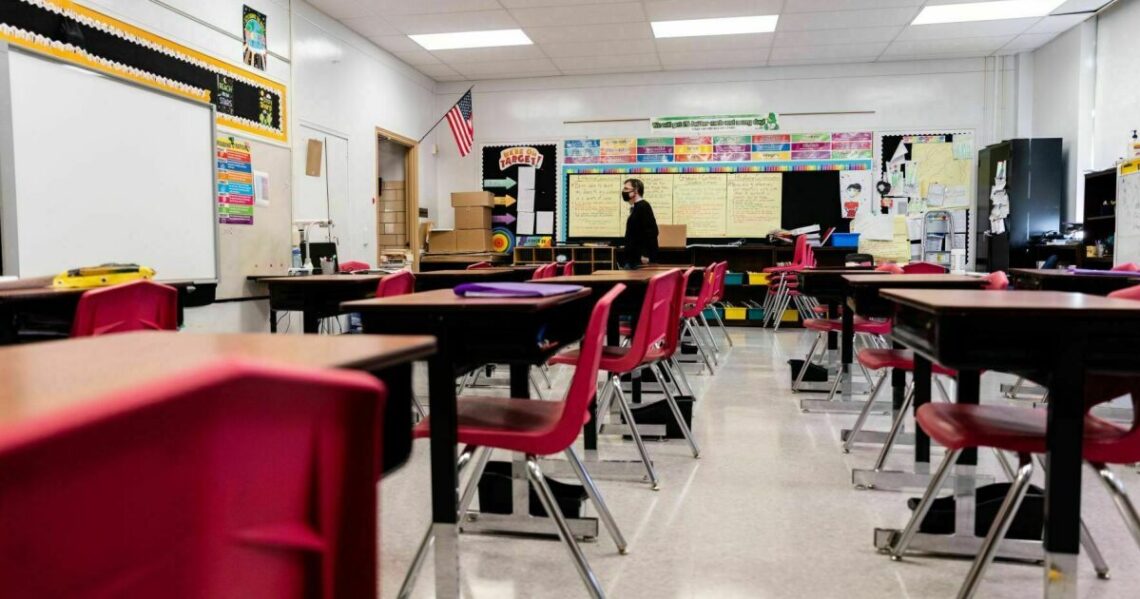When this school year began, Issac Moreno just couldn’t get himself to go. During the pandemic, he’d gotten used to learning from his family’s home in Los Angeles. Then, last fall, he started junior high, five days a week, in person.
“It was a lot,” he says.
The last fully normal school year Issac remembers is third grade. Now, he’s in seventh, with multiple classes each day, a busier schedule and new classmates.
Issac’s mother, Jessica Moreno, says it’s been a struggle to get Issac back into the routine of going to school. Her eyes well up as she describes it: “Three days a week or four days a week, he will say to me, ‘I’m sick. I don’t feel OK. Can you just pick me up? I don’t want to be here.’ ”
She says Issac has already missed 10 days of school this year, which means he’s at risk of becoming chronically absent.
And Issac is not alone. Before the pandemic, about 8 million U.S. students were considered chronically absent, according to the research group Attendance Works. That’s when a student misses 10% or more of the school year. By spring 2022, that number had doubled to around 16 million.
Federal attendance data only comes out annually, so it’s hard to get a full picture of where things stand at this point in the school year, but Hedy Chang, the executive director of Attendance Works, says she hasn’t seen the kind of recovery she’d hoped for.
Three days a week or four days a week, he will say to me, “I’m sick. I don’t feel OK. Can you just pick me up? I don’t want to be here.”
“I think people have been a little bit under the false impression that when COVID became more endemic, that that would then result…
Read the full article here






